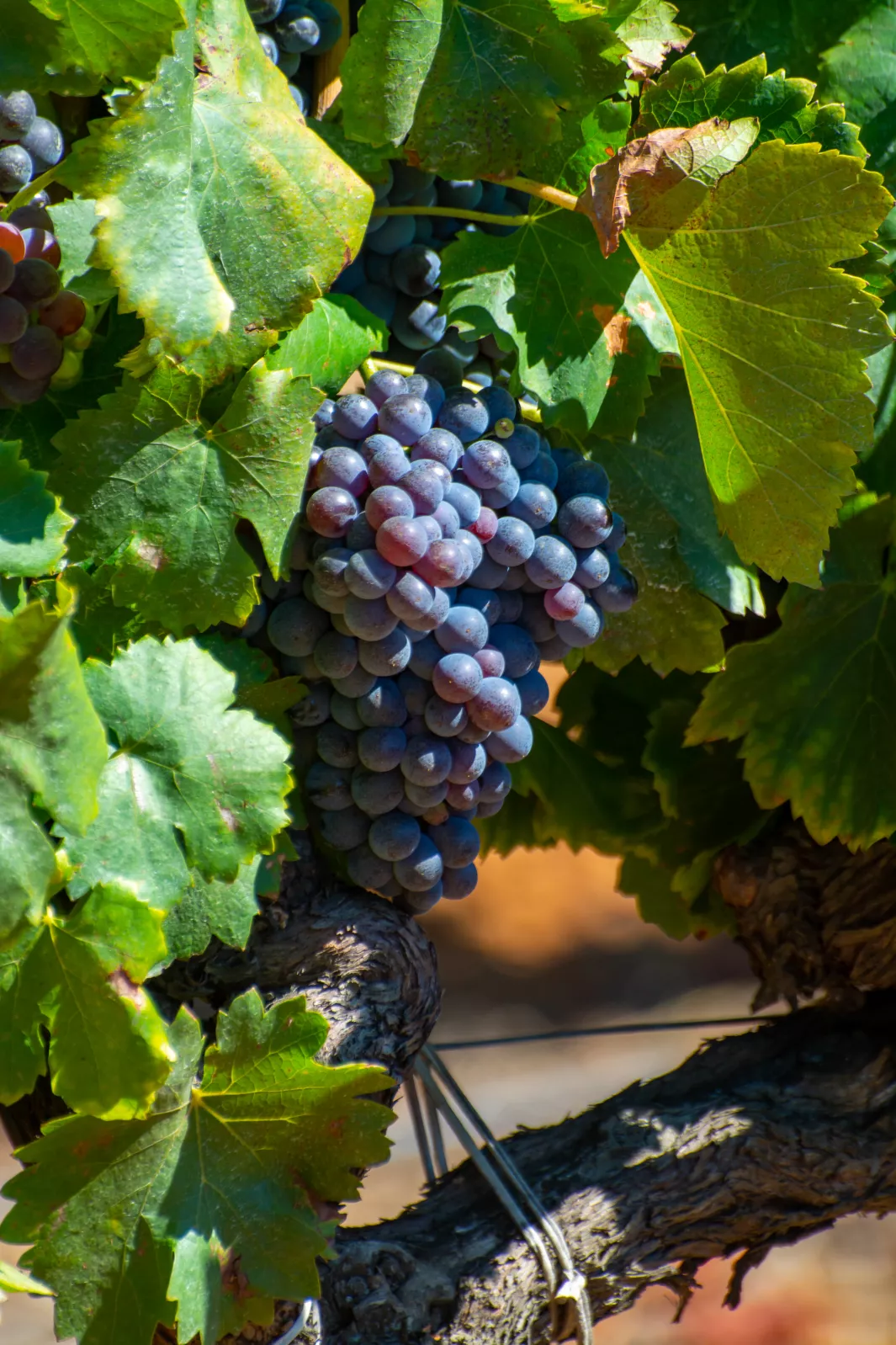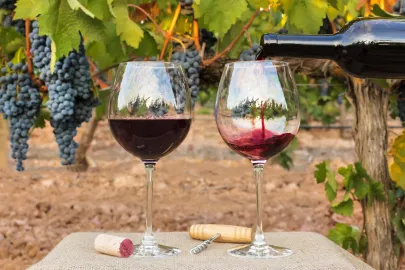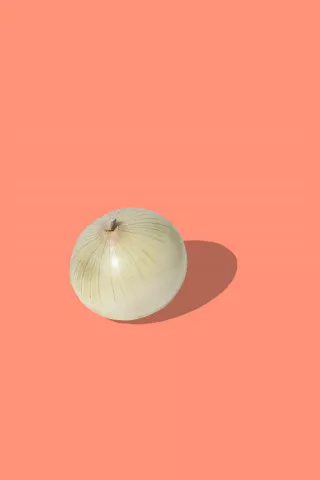Forgotten, criticized, ignored: many thought Cinsault to be destined for extinction, relegated to a mere supporting role compared to star grapes such as Grenache or Syrah. But how wrong they were!

If we may permit ourselves a marine analogy, the fish kingdom seems to be divided into noble species and more common species. Sea bass is considered superior to mackerel, turbot is invariably more interesting than sardines, and John Dory is inherently more flavourful than mullet...
It would appear that ampelography – the science that studies grape varieties – is another field which is quick to cultivate hierarchies among grape varieties: and yes, the term “noble” is used for about ten of them, including Chardonnay, Riesling, Pinot Noir, Syrah, and Grenache. The others are seen as somehow “second-rate”, capable at best of producing good wines, but not suitable for the production of anything exceptional...
Ah, but…! People have an unfortunate tendency to overlook their responsibilities... For example, it was long believed that Carignan had very limited potential, apart from a talent for prolific vine yields – especially in the Languedoc region, where for many years volume-oriented (as opposed to quality-oriented) viticulture was the watchword. It took a few winemakers with faith in this variety to make more ambitious use of it and prove that its wines could be eminently worthy of interest.
And the same is true of Cinsault (or Cinsaut).
Originally a native of Provence, and widely used for rosé wine production, this grape variety can be found in almost all Mediterranean vineyards in France, as well as in Lebanon and – a hemisphere away – in South Africa. Until just a few vintages ago, it was used in small proportions in blends, providing a degree of supple freshness to red wines. Today, its comeback has been so complete that some winemakers are producing entire (and remarkable) wines from it. Capable of colossal yields that could serve to dilute the juice, it requires just a little restraint to give it extra substance. Moreover, in an era of climate change that is posing countless questions and forcing the wine world to reassess its received wisdom, it possesses several virtues, the first being its resistance to heat and wind… no small advantage in southern vineyards where rainfall is scarce, and strong winds like the Tramontane and Mistral blow. The second is its ability to produce wines with less power compared to Grenache or Syrah, whose wines can sometimes tend towards a certain heaviness.
While remaining true to the terroirs in which their vines are planted, wines made from Cinsault are characterised by a moderately intense colour, great freshness, considerable aromatic finesse with fruity notes, and a very pleasant fluidity. Rather than aiming for something spectacular and flattering, it is the wine’s famous drinkability that more and more enthusiasts are seeking: not the onset of fatigue after three sips!
Wine selection
Produced in the Corbières region, this particular wine is vinified without sulfites and combines fresh fruit, roundness, and a beautiful balance... 75 cl of indulgence and purity.
Around €11-€12
Mas Coutelou – 5SO – Vin de France
In Puimisson, not far from Béziers, Jeff Coutelou produces consistently expressive wines that are extremely faithful to their terroirs. And this one is no exception... A sun-filled wine without any heaviness, full of energy.
Mas Onésime – Cinsault – Vin de France
This estate is located in Faugères; one of the most interesting appellations in Languedoc, situated on a schist terroir. Its Cinsault hits the mark; smooth, with aromas of red fruits as well as pepper.
Around €12















